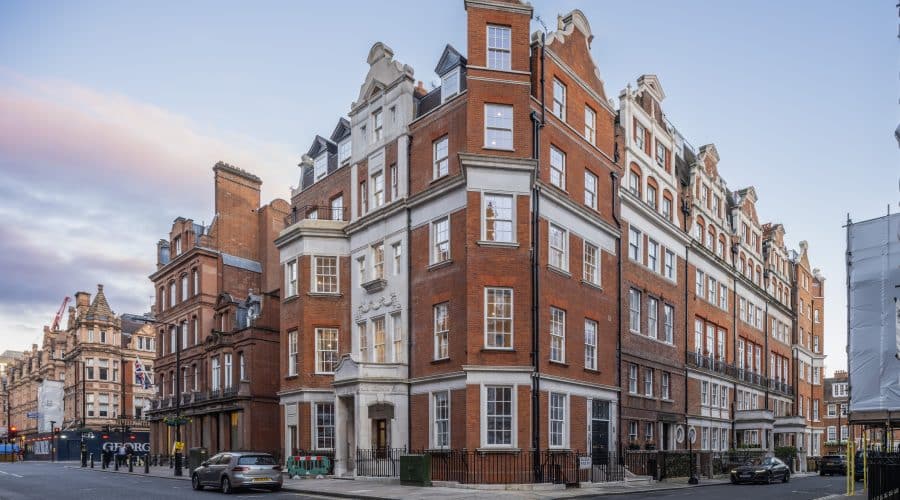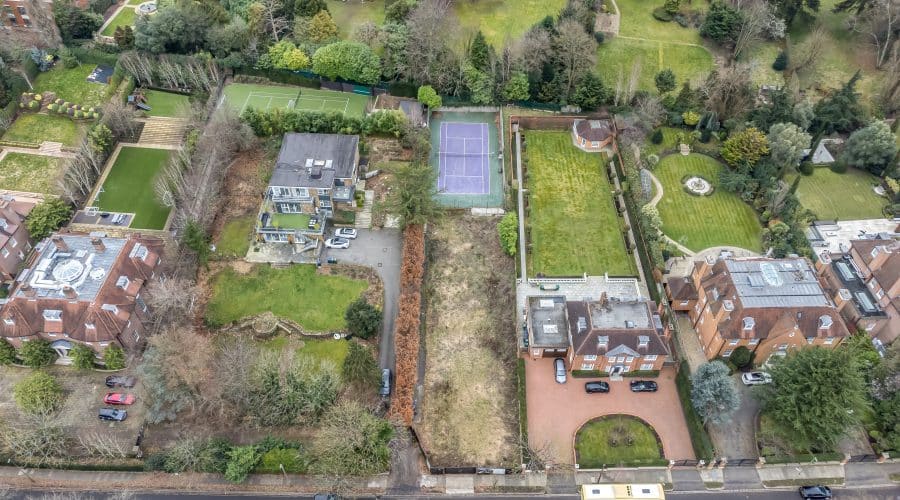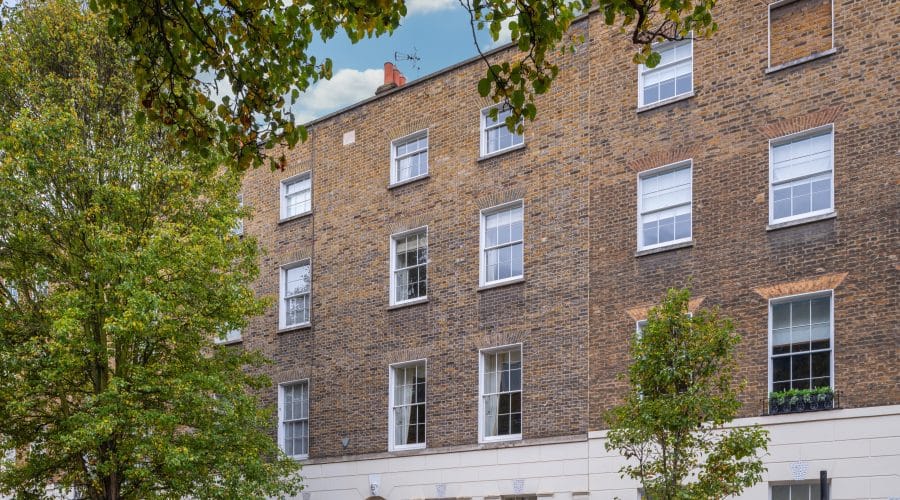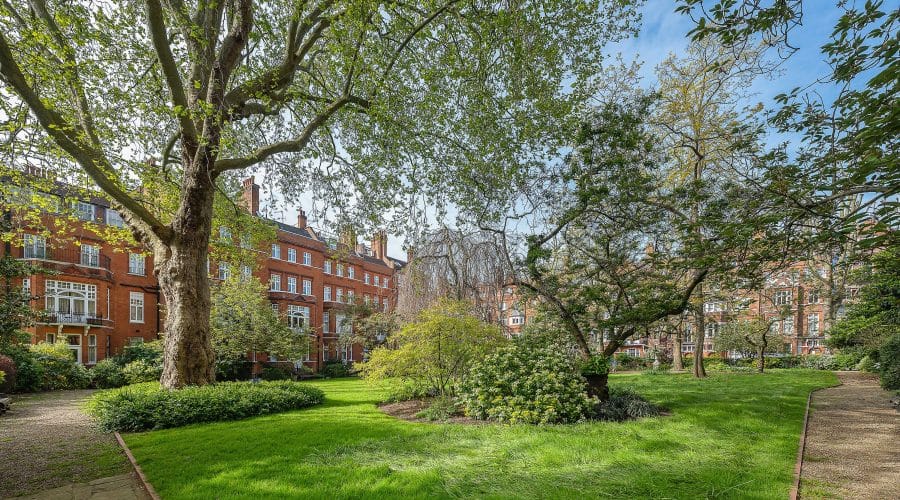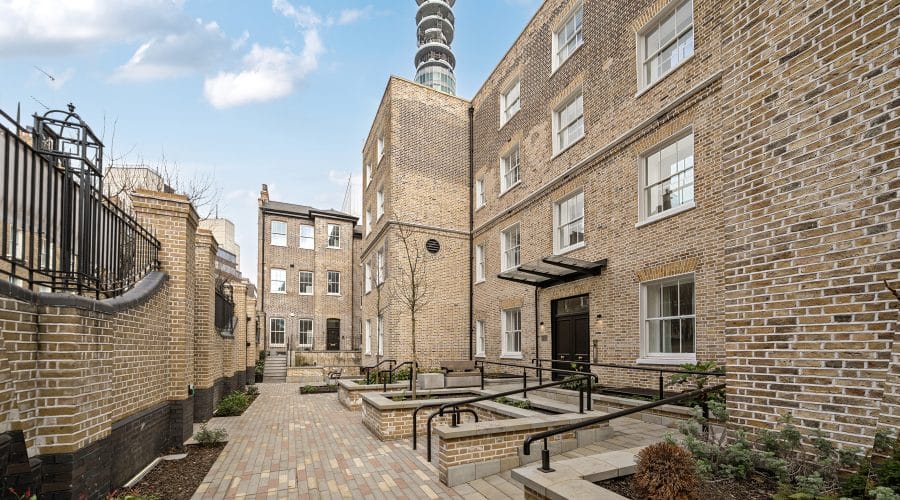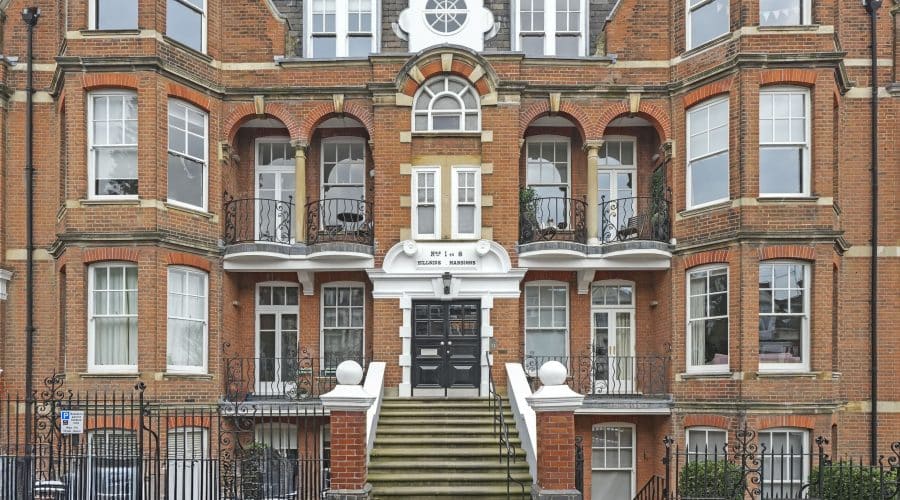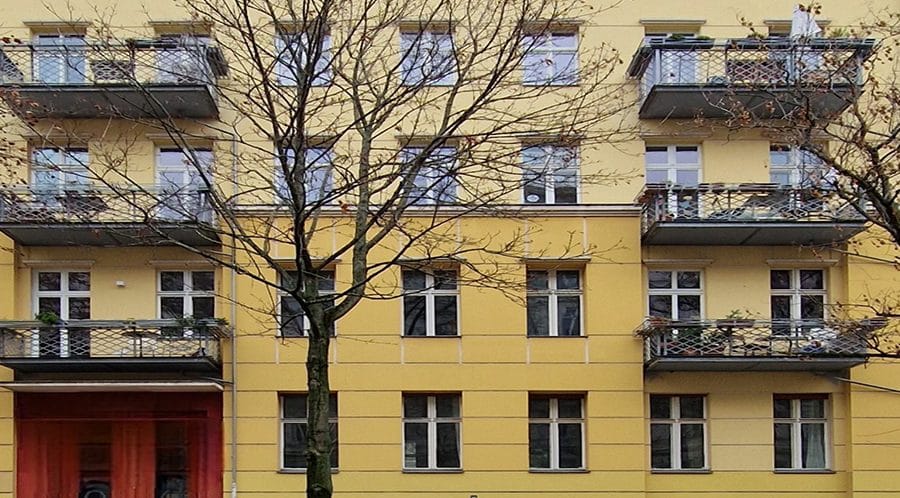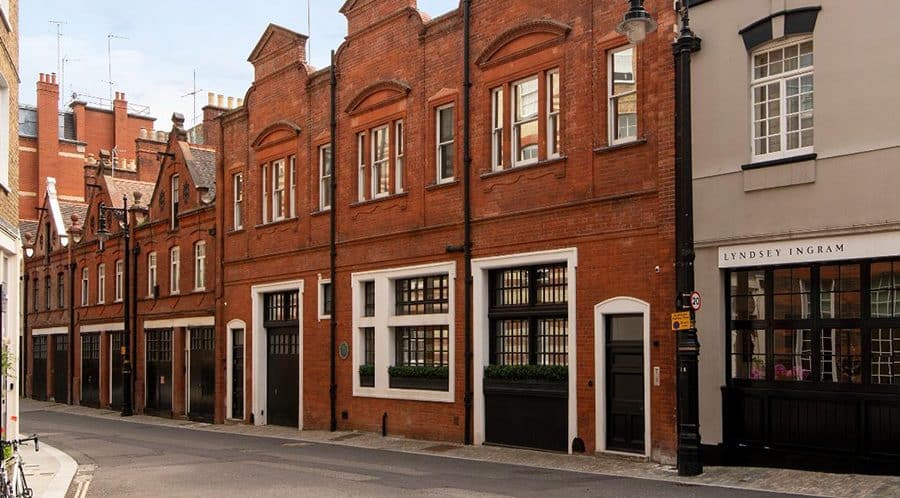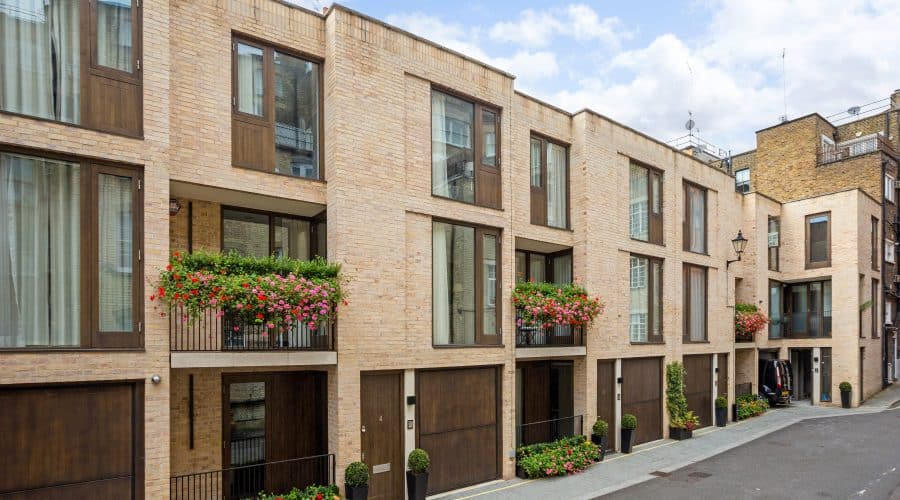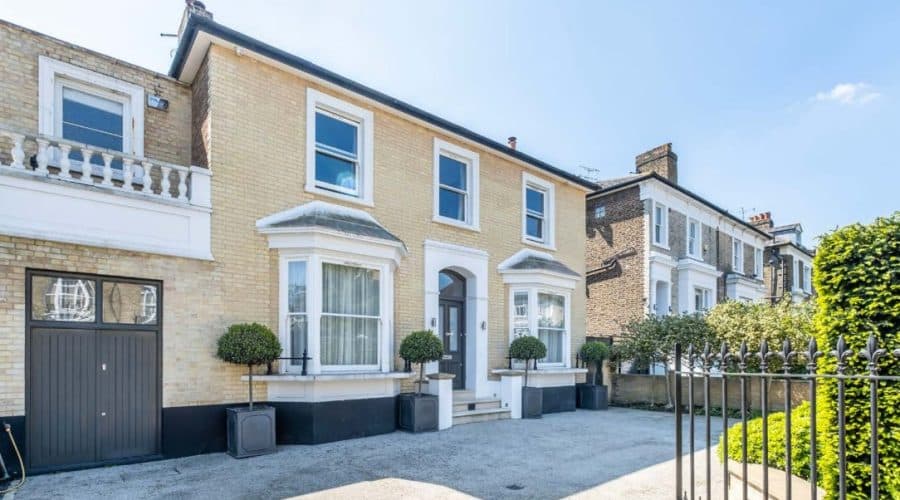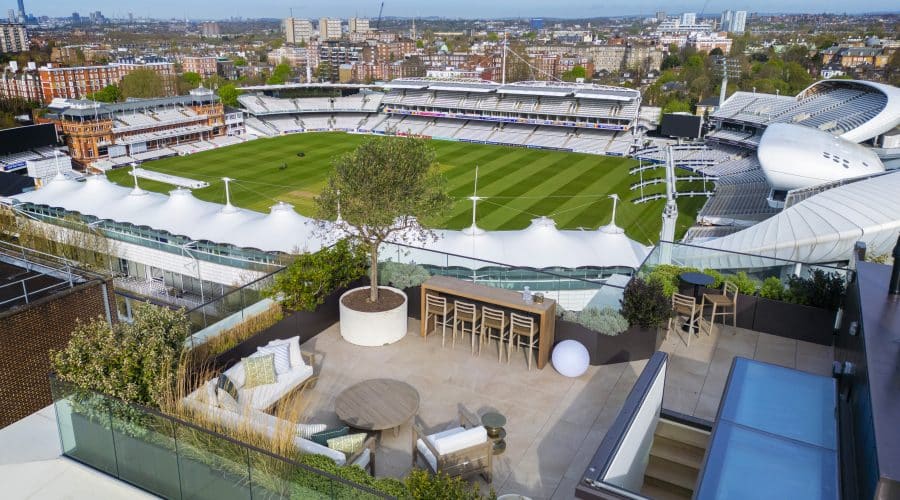By Melissa Lawford
Stamp duty savings have disappeared and the race for space is receding – is the housing market returning to normal?
The property market is at a crossroads. For the past year, homes have been selling quickly at sky high prices, while buyers have been battling an army of gazumpers.
But now pent-up demand has run its course and stamp duty holiday savings have all but disappeared. A chronic shortage of supply is bolstering prices, but the post-Covid frenzy is starting to dissipate.
London, where higher values meant buyers benefited from the biggest stamp duty savings, is changing first.
Property website Zoopla found that of the 15 postcodes that recorded the biggest drops in demand across Britain, 10 were in the capital.
It compared demand from April 5 to July 25, when buyers were unlikely to be able to take advantage of the original stamp duty holiday, with the preceding 16-week period when the tax break was boosting the market. It measured buyer demand using a combination of searches and inquiries.
In London’s SW and E postcodes buyer demand fell by 26.5pc. Cory Askew, of Chestertons estate agents, said: “The absolute peak of demand was at the end of March when the stamp duty holiday was extended”.
“Then there was a steady decline in inquiries through April, May and June – levels were much lower than in 2020, but higher than in 2019. It is a normalised market.”
In almost all cases in the top 15, buyer demand was still significantly above the average in the same period in 2017 to 2019. In south-west London, where a rush for space and gardens drove massive spikes in sales in the likes of Barnes and Kew, demand was still up 17pc on the pre-Covid level. But the numbers show a gear shift.
The race for space seems to be receding. In Camden, demand is transferring to flats, said Mr Askew. “That market is predominantly first-time buyers who are feeling a lot more secure in their job prospects.”
But other parts of the capital are grappling with problems that the stamp duty holiday rush previously concealed. In the EC postcode, which encompasses areas such as Shoreditch and the City of London, demand fell by 19.5pc, and is now 12.6pc below the 2017 to 2019 average. “The engine is the City, and most firms have given no mandate for workers to come back to the office full time,” Mr Askew said.
Polat Ali, of Hunters estate agents in Shoreditch, said: “We had the busiest June ever. But then July and the start of August was extremely quiet. We had two offers in five weeks. Usually we have five per month.”
Now that the time pressure of the stamp duty holiday has gone, the problems of the cladding crisis are also becoming more apparent. East London has a large concentration of high rise blocks and many flat sales simply cannot happen because lenders require external wall safety (EWS1) forms before they can offer mortgages. “Probably 20pc of properties we see we just won’t take on,” said Mr Ali.
Meanwhile, London developers are scrambling to fill the affordabilty gap left by the stamp duty cash savings. Peter Gibney, of JLL, a property firm, said that many are now offering to pay stamp duty bills in full.
In outer London areas, such as Twickenham and Enfield, demand also fell, but this dip was partly because the peak was so high. In Kingston-upon-Thames, demand fell 21.8pc between the two periods studied, but it was still up 96.5pc versus the pre-Covid average.
By contrast, in the most expensive areas of central London, which suffered heavily during the pandemic, demand is now rising as international travel restrictions lift.
Camilla Dell, of buying agent Black Brick, said: “For the first time in a year and a half, I’m meeting up with clients from Dubai, Qatar, Saudi Arabia. They are looking for holiday homes and good long-term investments in Mayfair, South Kensington, Knightsbridge and Chelsea.”
Outside London, demand also fell significantly in parts of the North East. Property prices in the region rose by 15.3pc in the year to June, the second-highest rate in the country, according to the Office for National Statistics.
In Newcastle upon Tyne and the Cleveland and Teesside, demand fell by 18.7pc and 18.5pc respectively. In Darlington, in County Durham, buyer demand fell by 27.1pc, the largest drop in the country. But the level of demand was still historically high – 53pc above the average in the same period across 2017 to 2019.
Emma Wick, of Bridgfords estate agents in Darlington, said there has been a dramatic change in who is buying. “Earlier in the year, the market was primarily driven by families who wanted or needed to move for more space.” These movers accounted for half the market 16 weeks ago.
“Now, everybody who wanted to move for homeworking or lifestyle changes has done so,” said Ms Wick. “The world is becoming a bit more normal.”
Home movers now account for only a fifth of sales, she said. Instead, investors, who had made up only 10pc of the market, now account for half of buyers.
A change in the type of homes for sale has been key, said Ms Wick. “Now a lot of the properties we are selling are empty. There has been an increase in mortgage repossessions, which were banned during the pandemic, and landlords are offloading rental stock because prices are at an all time high.”
